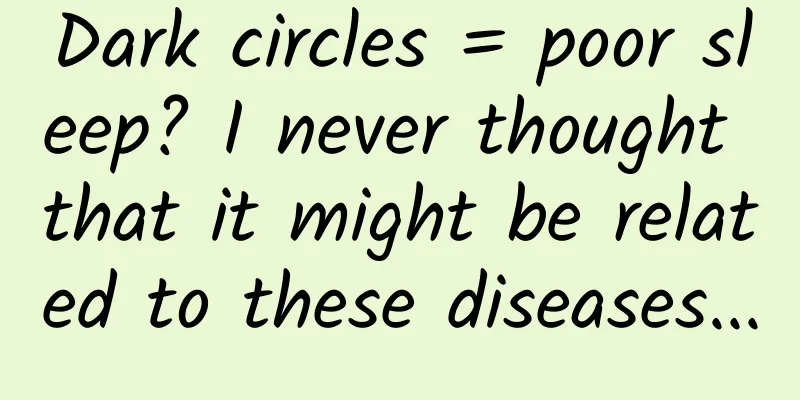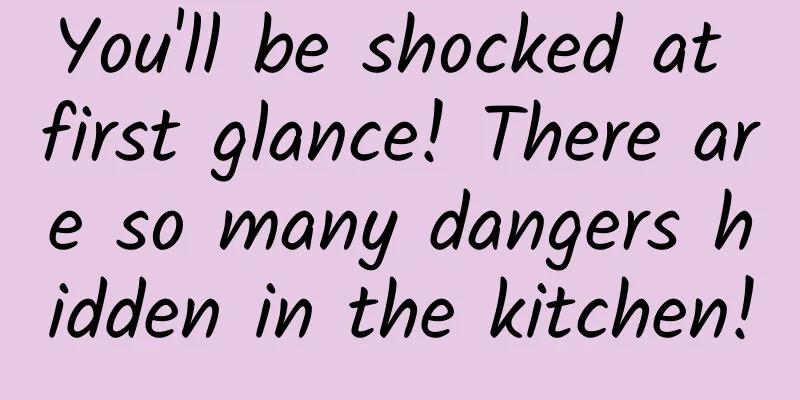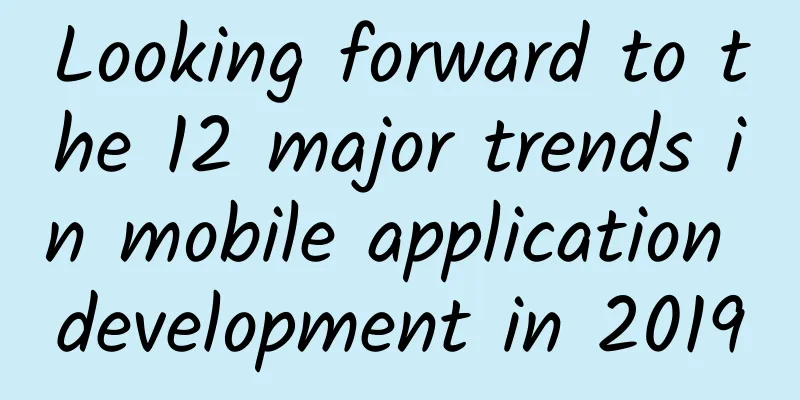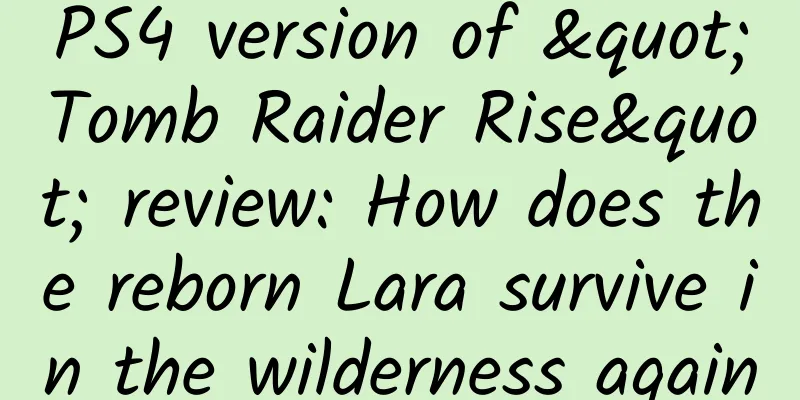Is it reliable to use E=mc² to explain that plane crashes are caused by planes hitting birds? How to make popular science more scientific?
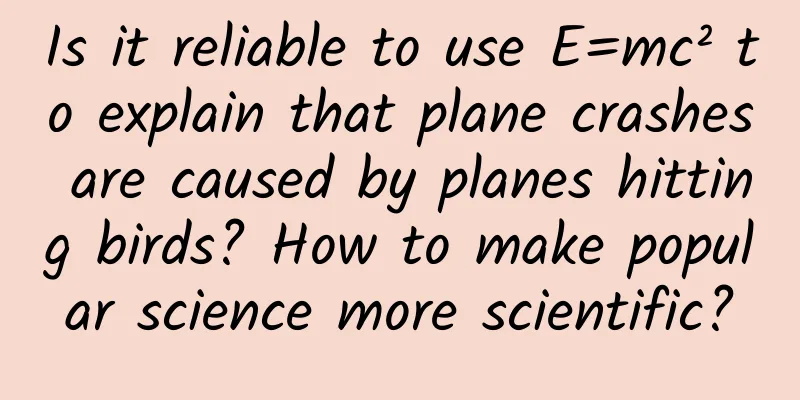
|
On December 29, a Jeju Air passenger plane in South Korea crashed at Muan Airport, killing 179 people. Aviation safety has once again become a hot topic of concern for the media and the public, and popular science interpretation of related issues has become an important dimension to meet public needs. Of course, in the process of popularizing science, it is necessary to uphold scientificity , because "scientificity is the soul of popular science." Just as Article 35 of the newly revised "Science Popularization Law of the People's Republic of China" (hereinafter referred to as the "Popular Science Law"), which has attracted much attention from all walks of life not long ago, requires, " Popular science products and services provided by organizations and individuals, and popular science information released should be legal and scientific, and must not contain false or erroneous content ." Because if scientificity is lost, then popular science may go astray, not only failing to achieve the desired effect, but also likely causing misunderstandings among the public. In the popular science interpretation of the Jeju Air Accident, we found some problems that need to be corrected. For example, in the information released by a certain media, Einstein's mass-energy equation (E=mc²) was used to explain the bird collision with the aircraft, which aroused doubts from many popular science practitioners. Copyright images in the gallery. Reprinting and using them may lead to copyright disputes. Of course, in order to make popular science more reliable, we can break down this content from several aspects to promote the high-quality development of popular science. First of all, if the expert interviewed did mention the mass-energy equation during the interview, then this equation is obviously not applicable to the scenario of a bird hitting an airplane. Even if the mass-energy equation is mentioned, does it need to be explained in a language that the public can understand? In fact, the general public may lack the common sense that experts consider to be "well-known" . This actually involves the methods of popular science, such as getting out of the "curse of knowledge", breaking intuition, speaking human language, and removing terminology. Secondly, if the interviewed expert did not mention the mass-energy equation during the interview, but the media added it without authorization in the process of organizing the content, then this requires media practitioners to improve their own scientific literacy, and not pretend to understand it, or even add unnecessary details. The media is a bridge and link between science and society (the public), but this connection requires all parties to play an active role, especially for media practitioners, who need to translate the content of the experts into a language that the public can understand, but this does not mean that they can arbitrarily add some wrong content, or distort the content expressed by the experts, or take it out of context and exaggerate it. Little do they know that this not only highlights the problem that some media practitioners' own scientific literacy needs to be improved, but also brings a lot of negative impacts to experts. Sometimes experts even have to become "scapegoats." Although the emergence of social media has brought about a new shift in the relationship between scientists and the media, as one of our studies shows that some experts can bypass the media and directly express their opinions through their own platforms or other platforms, this does not mean that the creative tension between scientists and the media no longer exists. Instead, it highlights the responsibility and perseverance of the media. Because the reason why experts are willing to accept media interviews is that they trust the media, and they also hope that more people will know and understand scientific and rational voices through the media. However, if the media ignores expert review in the process of grabbing news, or even intercepts, splices, and integrates irrelevant content into the manuscripts formed after the interview, this will not only lose the credibility of the media itself, but also bring public pressure to the interviewed experts that cannot be underestimated. If it continues for a long time, it may even discourage the experts from conducting popular science through the media in the future. The last point, which is what we least want to see, is that some media even just integrate some materials on the Internet and then express their own opinions through the mouths of anonymous experts . This phenomenon has happened in the past. Although the media has gained attention and traffic, it has harmed the expert group. This is also one of the reasons why many experts have been stigmatized as "experts". In the process of popular science interpretation of the Jeju Air Accident, if this situation really occurs, then such media should not speak out. After all, what we need is reliable popular science, popular science that can answer questions and doubts for the public, not unreliable popular science that is carried away by traffic, or even wrong popular science. Of course, the reason why we pay attention to this phenomenon is that we want to use it to explore in more depth how scientists should do popular science, how the media should protect their sources, and how to improve their own scientific literacy. Because only in this way can we ensure the scientific nature of popular science and meet the public's demand for popular science through reliable popular science. Planning and production Author: Wang Dapeng, Associate Researcher at China Science Popularization Research Institute, Director of China Science Writers Association Ma Qianqian, Research Assistant at China Science Popularization Research Institute Planning丨Chen Yan Editor: Wang Mengru Proofread by Xu Lailinlin |
>>: How was the world's first telegram sent? Uncovering the birth and evolution of the telegram
Recommend
At what time is considered staying up late?
After every holiday, some students with poor self...
9 general techniques for short video + soft article marketing
Short video marketing is a very efficient way to ...
11 real dilemmas and thoughts on To B operations
To B is a good business, but it is also true that...
Fenghuo Cross-border Product Director Training Camp, industry leaders jointly develop and solve industry bottlenecks
Fenghuo Cross-border Product Director Training Ca...
In the real US color TV market, it is as difficult for domestic brands to be recognized as it is to create another Apple.
"Sell TVs to the United States!" has be...
Cutting-edge practical experts: SEO trend prediction for 2016!
Search engine optimization has become one of the ...
Short Video Academy·Director Shooting and Editing Core Course, master the two practical skills and underlying thinking necessary for video creation
Short Video Academy·Director Shooting and Editing...
The dream team is perfect! Divers' secrets to suppress splashes →
The 19th Asian Games is in full swing in Hangzhou...
Principal Jiaqi's "Exclusive for Douyin Fans - Heart Hunting Plan"
Principal Jiaqi's "Douyin Fans Exclusive...
Foreigners talk about why they don't buy Samsung S8? These three points make people dislike it
Samsung grandly launched the Galaxy S8/S8+ mobile...
Seeing the classic three-color plastic sheeting, I couldn’t help but wonder, can waterproofing and breathability co-exist?
Produced by: Science Popularization China Author:...
Lu Ban, you'd better give up!
Luban ’s business is not suitable at all for smal...
Promotional Marketing: How to Start a Trend?
Lee Seung-ri, an artist from the South Korean boy...
Case | How to use SEM to acquire customers stably and at low cost after the market is saturated?
With the market saturation, the decrease in incre...
How to promote mini programs to customers? How to develop mini program customers?
Mini programs have been popular for several years...
